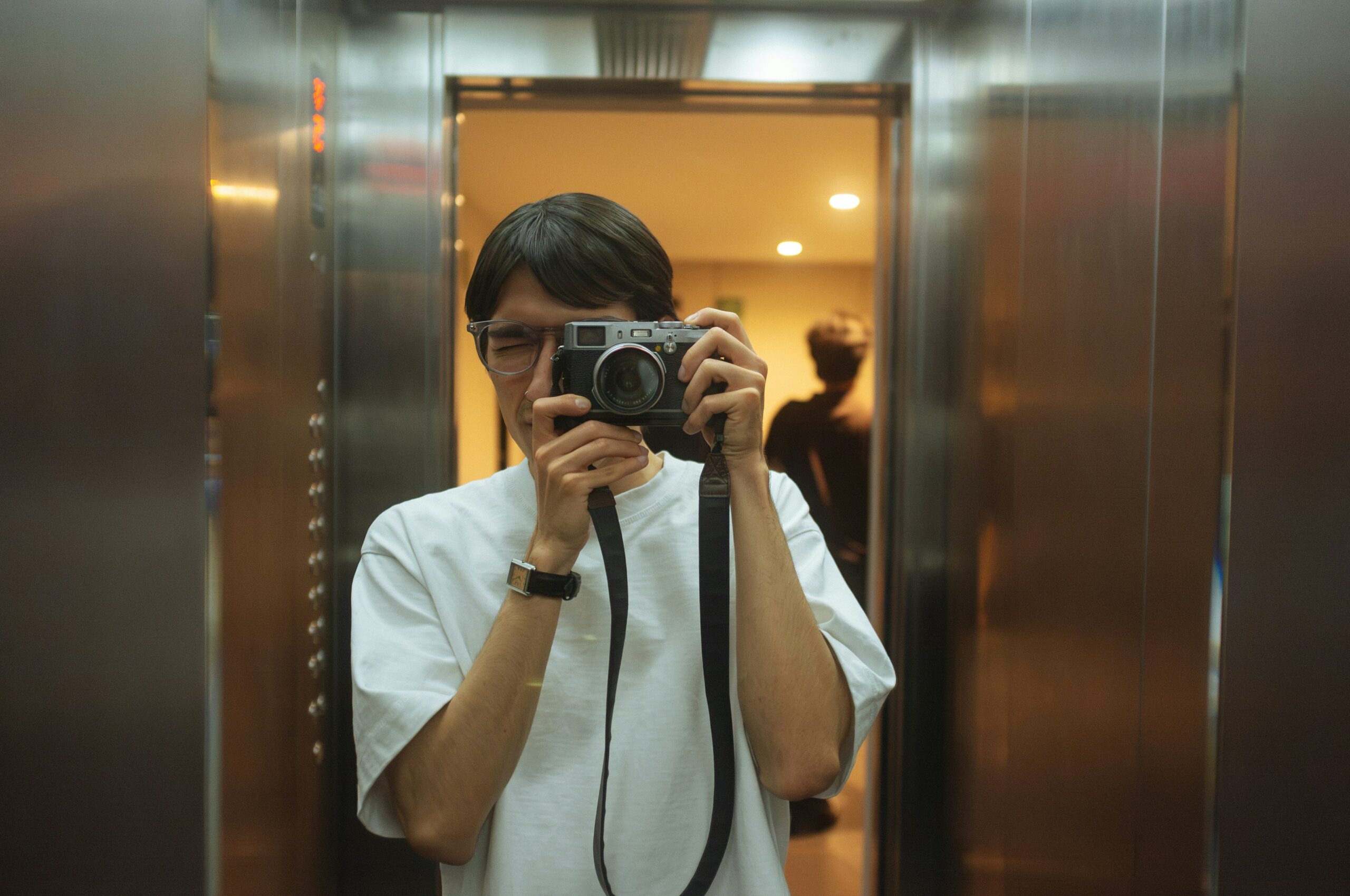
When we think about storytelling, our minds often go straight to plot twists, dialogue, or music. But sometimes, the most potent part of a story isn’t what’s said—it’s what’s shown, and more importantly, how it’s shown. Camera angles quietly guide our emotions, draw our eyes to the correct details, and even change how we interpret a scene. Let’s break down how these choices work, in plain language, with plenty of real-world examples.
Why Angles Matter More Than We Notice
Imagine watching a conversation shot from eye level: it feels natural, like we’re right there in the room. Now picture the same scene filmed from below, looking up—the characters suddenly feel larger, maybe even intimidating. With just a shift in angle, the entire meaning changes. Directors and content creators know this instinctively, but even casual viewers are influenced by it without realizing.
Looking Up: Power and Authority
One of the most common tricks is the low-angle shot, where the camera looks up at a character. Think about superhero movies—Superman or Spider-Man often appear from this perspective, making them look heroic, towering, and almost untouchable. But it doesn’t always have to be about superheroes. Even in workplace documentaries or reality shows, bosses might be filmed from slightly below to emphasize their authority. It’s a subtle reminder: who’s in charge here?
Looking Down: Vulnerability and Control
Flip it, and you get the opposite effect. High-angle shots, looking down on a subject, tend to make characters appear small, weak, or overwhelmed. In dramas, a character breaking down emotionally might be filmed from above, underscoring their vulnerability. You’ve probably seen this in sports coverage too: an athlete sitting on the bench after a loss, camera angled downward, making the moment feel heavier. It’s not just capturing reality—it’s shaping how we experience it.
Eye-Level: The Language of Equality
Not every story calls for power plays. Sometimes, the goal is connection. Eye-level shots create balance between the subject and the viewer. News anchors rely on this, speaking directly into the camera so we feel like equals in the conversation. Vloggers and content creators also know this instinctively—setting up a camera at eye level feels more like FaceTiming a friend than being lectured to. This angle builds trust because it feels human.
Tilted Frames: Unease and Tension
Then there are moments when filmmakers deliberately break the rules. The “Dutch angle” tilts the frame so the horizon isn’t level. It looks odd, even unsettling, and that’s exactly the point. Crime dramas, thrillers, and horror films use it to make us feel like something’s wrong, even before the characters realize it. If you’ve ever felt uneasy during a scene and couldn’t put your finger on why, chances are a tilted angle played a role.
Close or Wide: Setting the Emotional Distance
Angles aren’t just about up or down—they also set how close or far we feel from the story. A close-up pulls us into a character’s emotions. You notice the twitch of an eyebrow, a tear, or a smirk. On the other hand, a wide shot shows the bigger picture, like a lone figure standing in a vast desert. The choice between close and wide determines whether we’re invited into someone’s private world or reminded of the scale of their struggle.
Everyday Uses: Beyond Hollywood
While these techniques are staples of filmmaking, they aren’t reserved for the big screen. Social media creators, YouTubers, and even professionals on Zoom can apply the same principles. Filming yourself from slightly above might make you seem more approachable. Recording from a lower angle can give your presentation a sense of authority. Real estate agents use wide shots to make homes feel spacious, while lifestyle influencers lean on close-ups to highlight authenticity. The same visual language applies no matter the platform.
Choosing Angles With Purpose
Ultimately, every angle is a decision. A director deciding to shoot a character from below isn’t just thinking about aesthetics—they’re telling us how to feel. For storytellers of all kinds, the takeaway is simple: don’t just point and shoot. Think about what you want your audience to feel, then choose the angle that supports that feeling. Whether you’re making a film, a TikTok, or a family video, the camera isn’t just recording—it’s translating emotion.
Final Thoughts
The next time you watch a show or scroll through videos, pay attention to where the camera is placed. You’ll start noticing patterns: heroes framed from below, confessions filmed close-up, unsettling moments tilted just slightly. Storytelling through angles isn’t magic—it’s craft. And once you see it, you can’t unsee it. Better yet, you can use it yourself to make your stories more powerful, no matter what medium you’re working in.